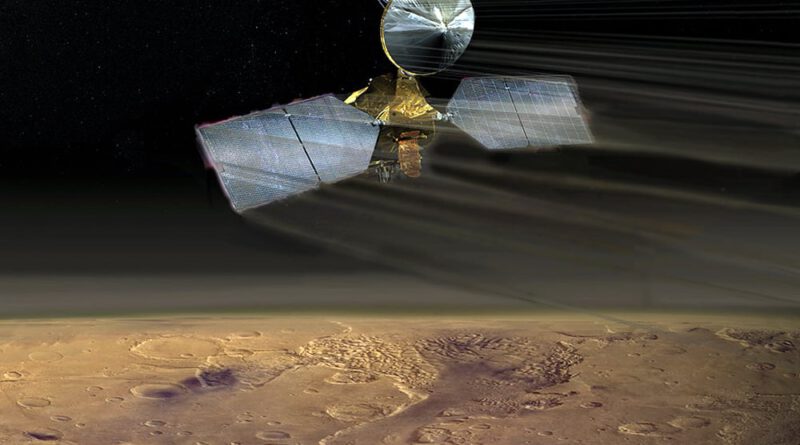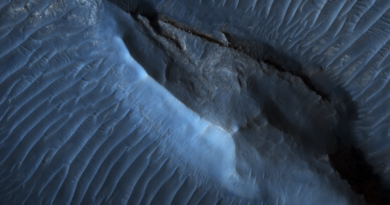NASA spacecraft snaps image of ancient, winding rivers on Mars
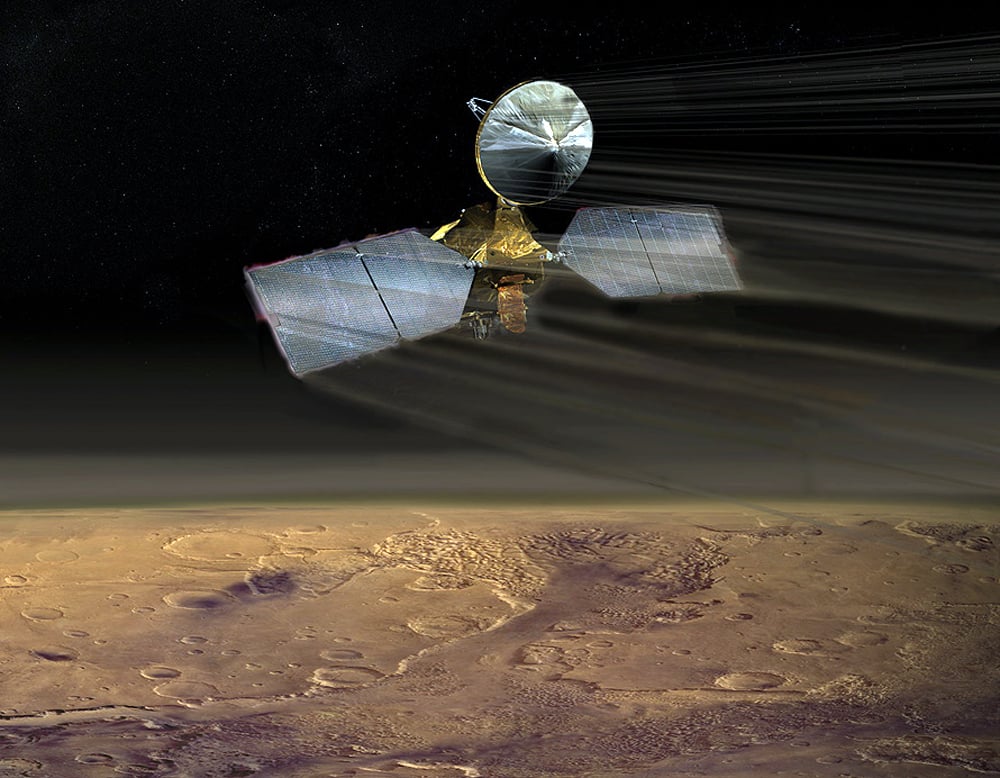
NASA‘s eye in the Martian sky has spotted evidence of dried-up, primordial rivers on Mars.
The space agency’s Mars Reconnaissance Orbiter captured a snapshot of another time, billions of years ago, when water flowed on the surface of a temperate Mars. NASA recently posted the image on its “Planetary Photojournal.”
“This image of ridges in Aeolis Planum tells a story of ancient rivers and a Mars very different to that of today,” NASA wrote online.
The meandering forms you see below are the result of water once filling these rivers with gravel, while finer grains surrounded the waterway when the banks overflowed. “The gravely river bottom and the fine-grained surroundings can lead to a strange phenomenon that geologists call inverted channels,” the agency explained. “After the river disappears, the fine-grained surroundings can be easily eroded away leaving the gravely river bed as a high-standing ridge.”
The long-evolving geological result shows where ancient rivers once snaked across Mars.
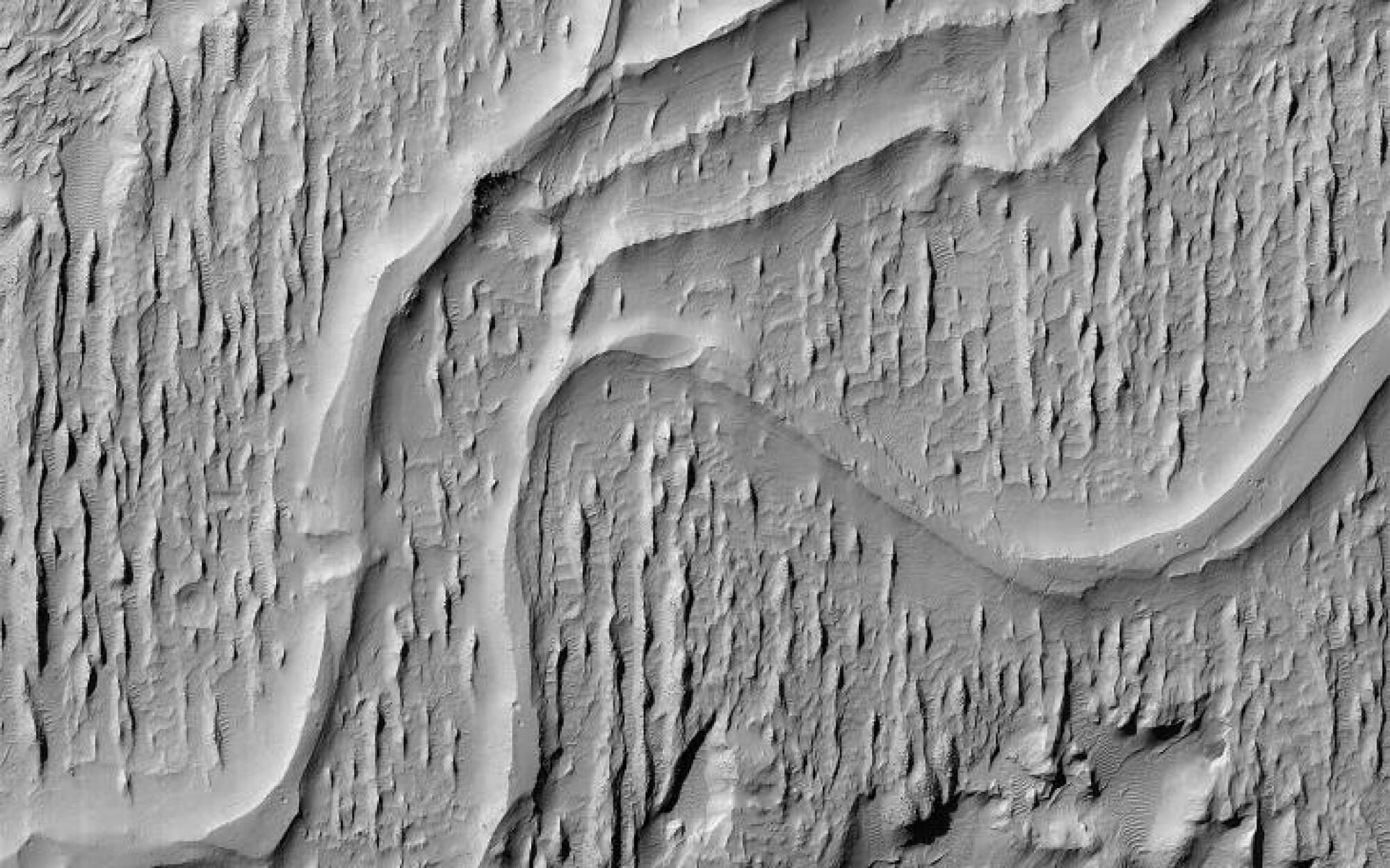
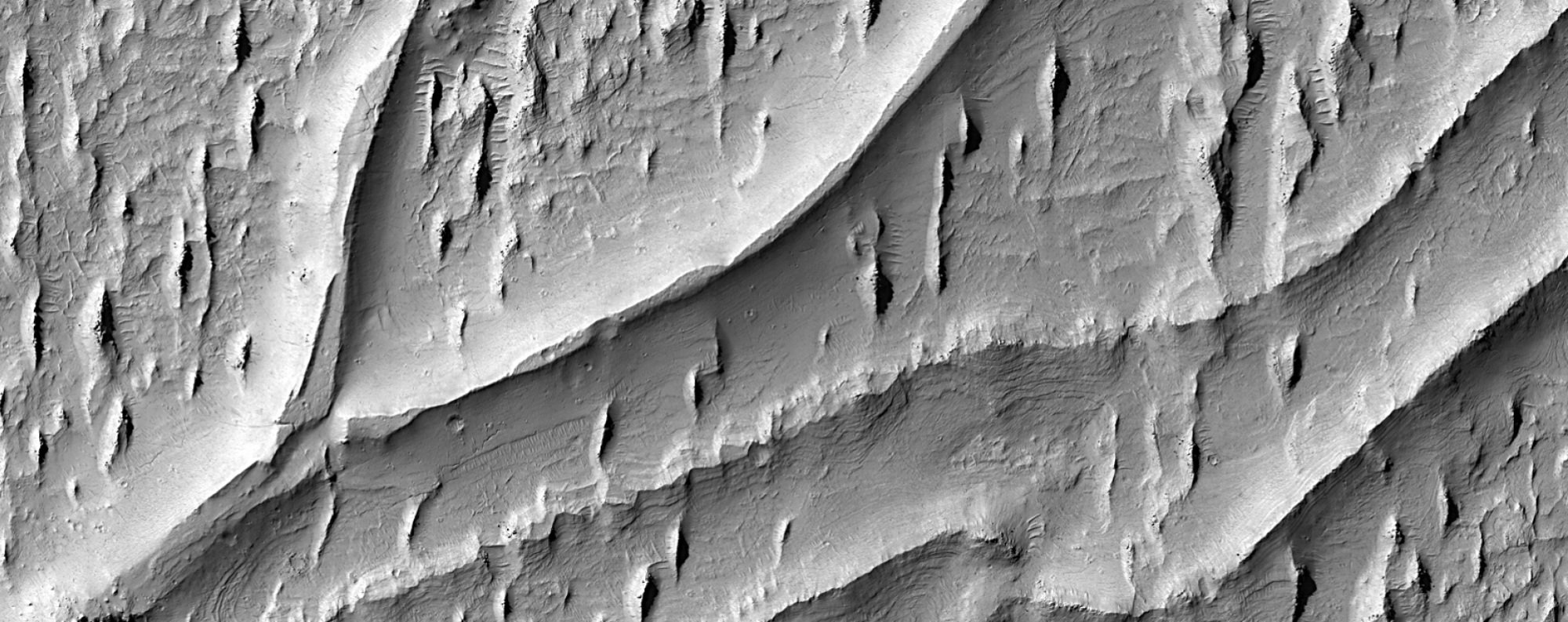
NASA’s spacecraft snapped this image from nearly 166 miles above high Martian plains. This Martian satellite carries a big camera, aptly called the High Resolution Imaging Experiment, or HIRISE, that captures such detailed photos.
Unlike Earth, Mars has largely lost its atmosphere, leaving it an intensely dry, desert world. Mars today is 1,000 times drier than the driest desert on Earth, and combined with an irradiated surface creates a harsh environment for life to survive. But NASA’s car-sized Perseverance rover is currently sleuthing the Red Planet’s surface for potential signs of past primitive life — if it ever existed.
In the future, other craft may join NASA’s Martian satellite and rovers on the hunt. The space agency has started investigating the potential for a compact Mars plane, a craft that might one day swoop at some 135 mph over the Martian desert. And, one day, pioneering astronauts may step onto Mars’ red soil, too.
